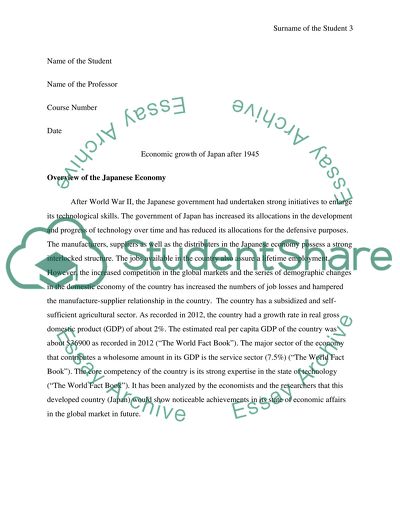Cite this document
(“Economic growth of Japan after 1945 Term Paper Example | Topics and Well Written Essays - 1750 words”, n.d.)
Economic growth of Japan after 1945 Term Paper Example | Topics and Well Written Essays - 1750 words. Retrieved from https://studentshare.org/macro-microeconomics/1489407-economic-growth-of-japan-after-1945
Economic growth of Japan after 1945 Term Paper Example | Topics and Well Written Essays - 1750 words. Retrieved from https://studentshare.org/macro-microeconomics/1489407-economic-growth-of-japan-after-1945
(Economic Growth of Japan After 1945 Term Paper Example | Topics and Well Written Essays - 1750 Words)
Economic Growth of Japan After 1945 Term Paper Example | Topics and Well Written Essays - 1750 Words. https://studentshare.org/macro-microeconomics/1489407-economic-growth-of-japan-after-1945.
Economic Growth of Japan After 1945 Term Paper Example | Topics and Well Written Essays - 1750 Words. https://studentshare.org/macro-microeconomics/1489407-economic-growth-of-japan-after-1945.
“Economic Growth of Japan After 1945 Term Paper Example | Topics and Well Written Essays - 1750 Words”, n.d. https://studentshare.org/macro-microeconomics/1489407-economic-growth-of-japan-after-1945.


